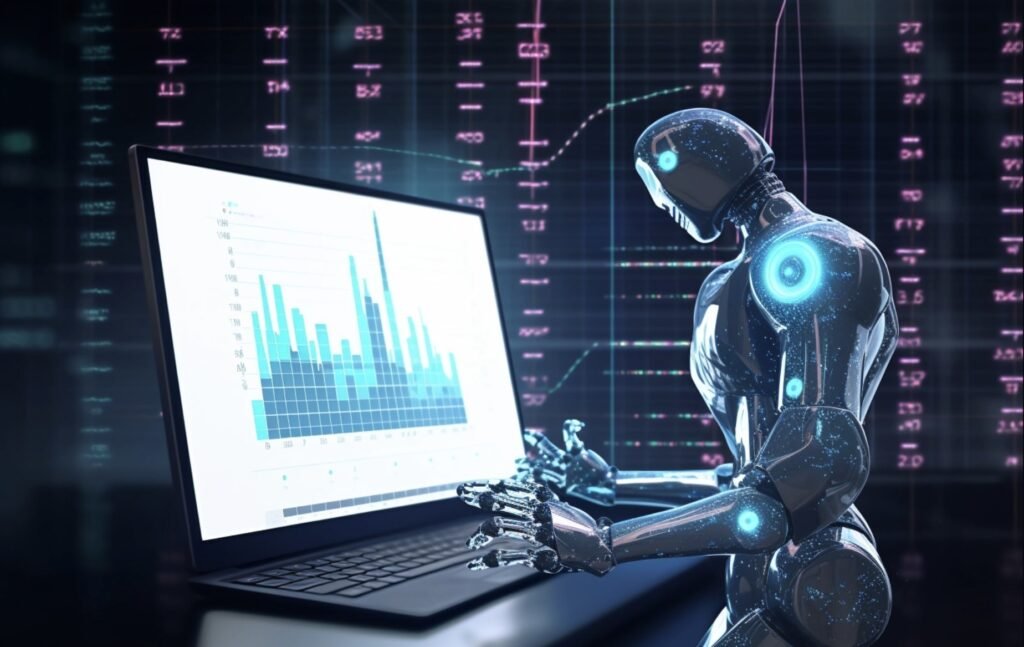Introduction: Artificial Intelligence (AI) stands at the forefront of technological innovation, revolutionizing how machines learn, adapt, and interact with the world. Within the intricate tapestry of AI, several core technologies play pivotal roles in driving advancements and reshaping industries. In this exploration, we unravel the intricate mechanisms that power intelligent systems, focusing on Machine Learning, Neural Networks, Natural Language Processing (NLP), Computer Vision, and Reinforcement Learning. Each section unveils a distinct facet of AI, showcasing their applications, challenges, and the transformative impact they have on various domains.
Machine Learning: Unleashing the Power of Patterns
Description: Machine Learning (ML) forms the bedrock of AI, enabling systems to learn and evolve without explicit programming. This section dives into the diverse applications of ML, from predictive analytics to personalized recommendations. Explore the different learning paradigms, including supervised, unsupervised, and reinforcement learning, revealing how machines discern patterns from vast datasets.
Neural Networks: Mimicking the Human Brain
Description: Drawing inspiration from the human brain, Neural Networks (NN) are instrumental in tasks ranging from image and speech recognition to natural language processing. This section explores NN applications, revealing their role in creating intelligent systems. Discover the various types of neural networks tailored to specific tasks and data types, mirroring the intricacies of human thought processes.
Natural Language Processing (NLP): Decoding Human Language
Description: Natural Language Processing (NLP) bridges the gap between machines and human communication. Unravel the applications of NLP in language translation, chatbots, and sentiment analysis. This section also addresses the challenges of decoding the richness of human language, including ambiguity and cultural variations, reflecting the complexity of human expression.
Computer Vision: Deciphering Visual Information
Description: Computer Vision allows machines to interpret and make decisions based on visual data, bringing a new dimension to AI capabilities. Explore its applications in facial recognition, object detection, and medical imaging. Understand the techniques employed in image classification, object detection, and image segmentation to unravel the visual world through the lens of AI.
5. Reinforcement Learning: Learning Through Interaction
Description: Reinforcement Learning (RL) introduces a dynamic learning paradigm through interaction, where models learn from rewards and punishments. This section explores RL applications in game playing, robotics, and autonomous systems. Understand the components of RL—agents, environments, and reward signals—and recognize its potential in real-world applications.
Conclusion: In the ever-evolving landscape of AI, these core technologies represent the driving force behind its transformative impact. As we delve into the intricacies of Machine Learning, Neural Networks, Natural Language Processing, Computer Vision, and Reinforcement Learning, we witness the amalgamation of science and technology pushing the boundaries of what’s possible. The collective influence of these technologies reshapes industries, enhances human capabilities, and propels AI into new frontiers. As we stand on the cusp of AI’s future, the exploration of these core technologies serves as a compass guiding us through the boundless possibilities that lie ahead.




